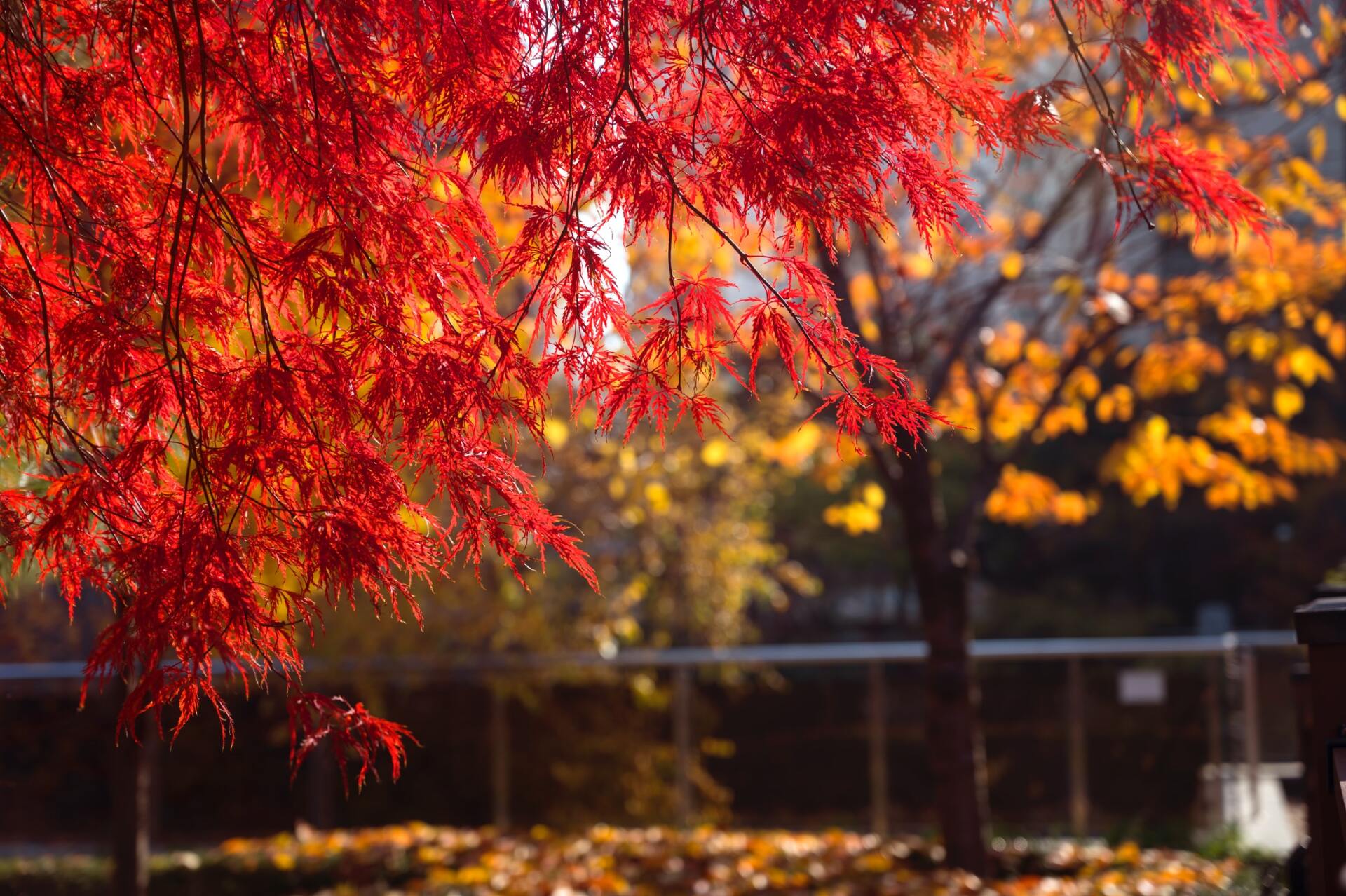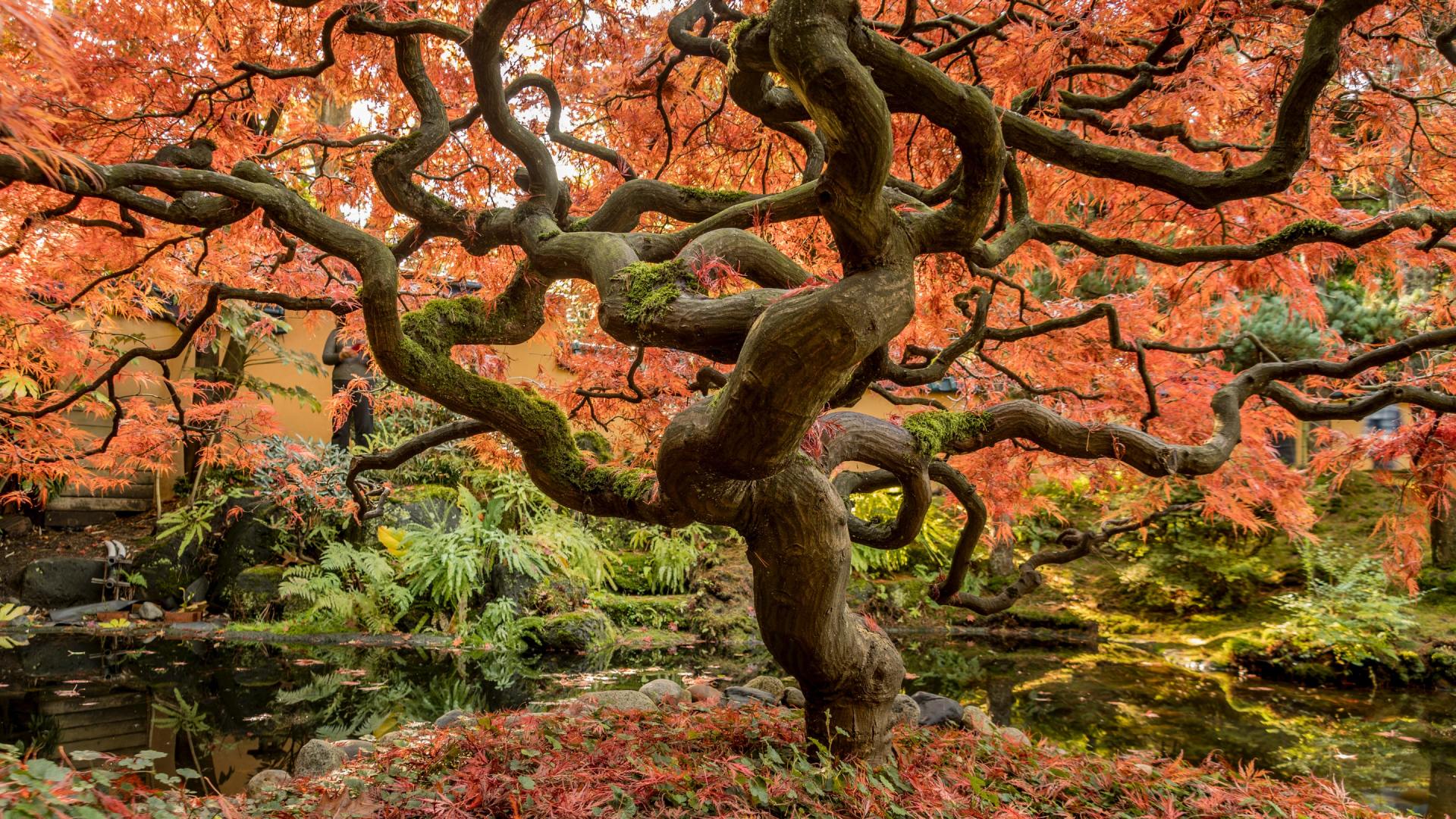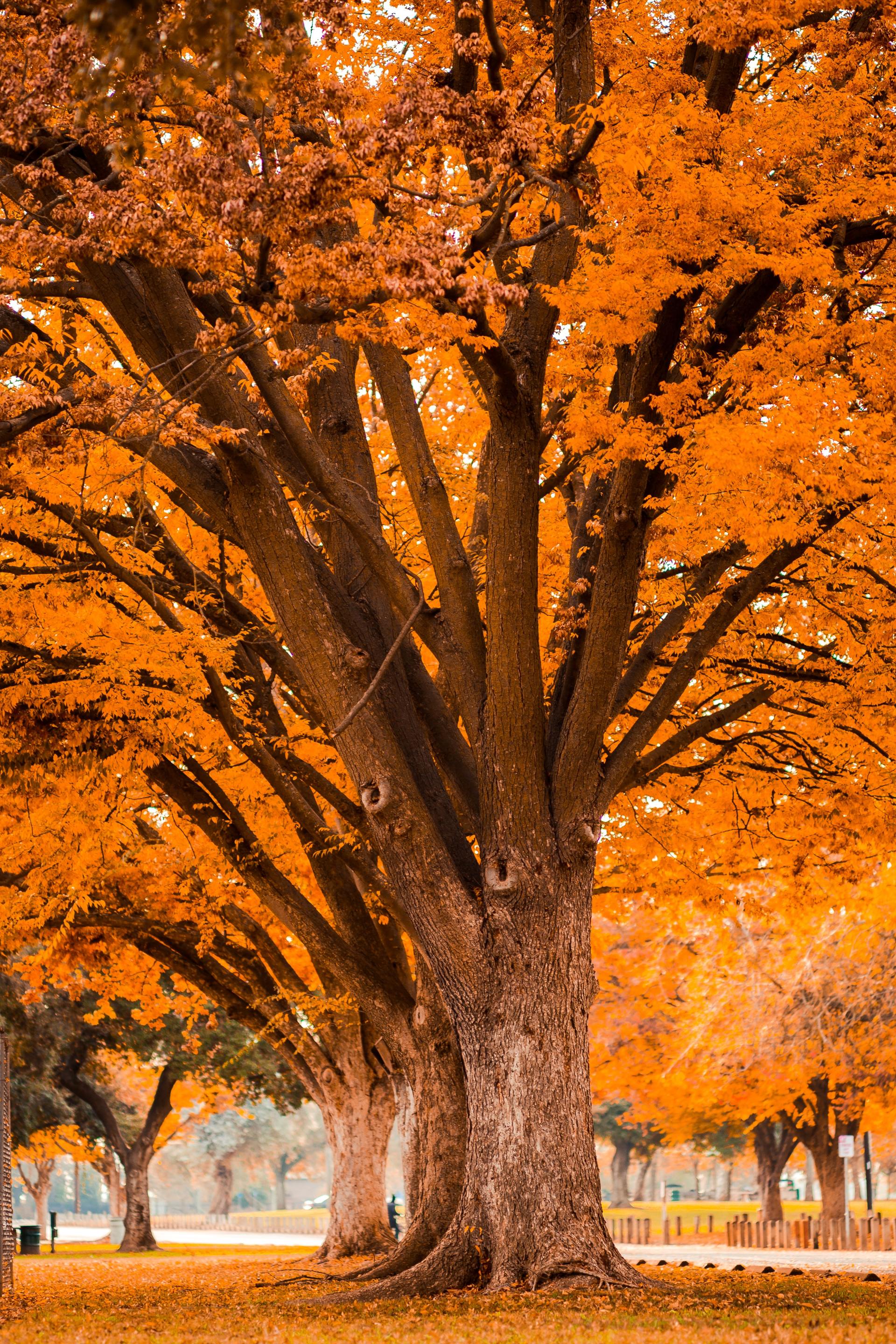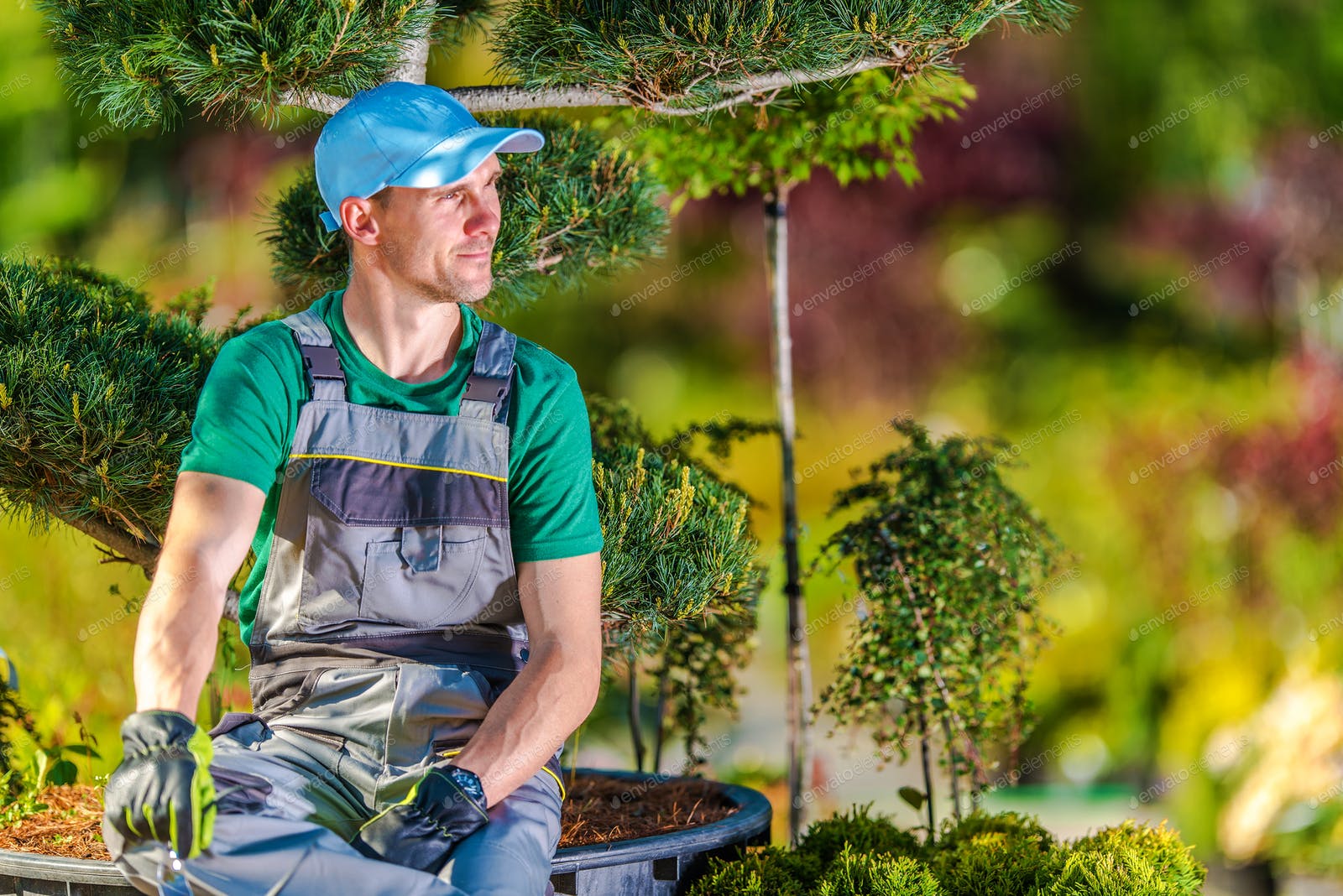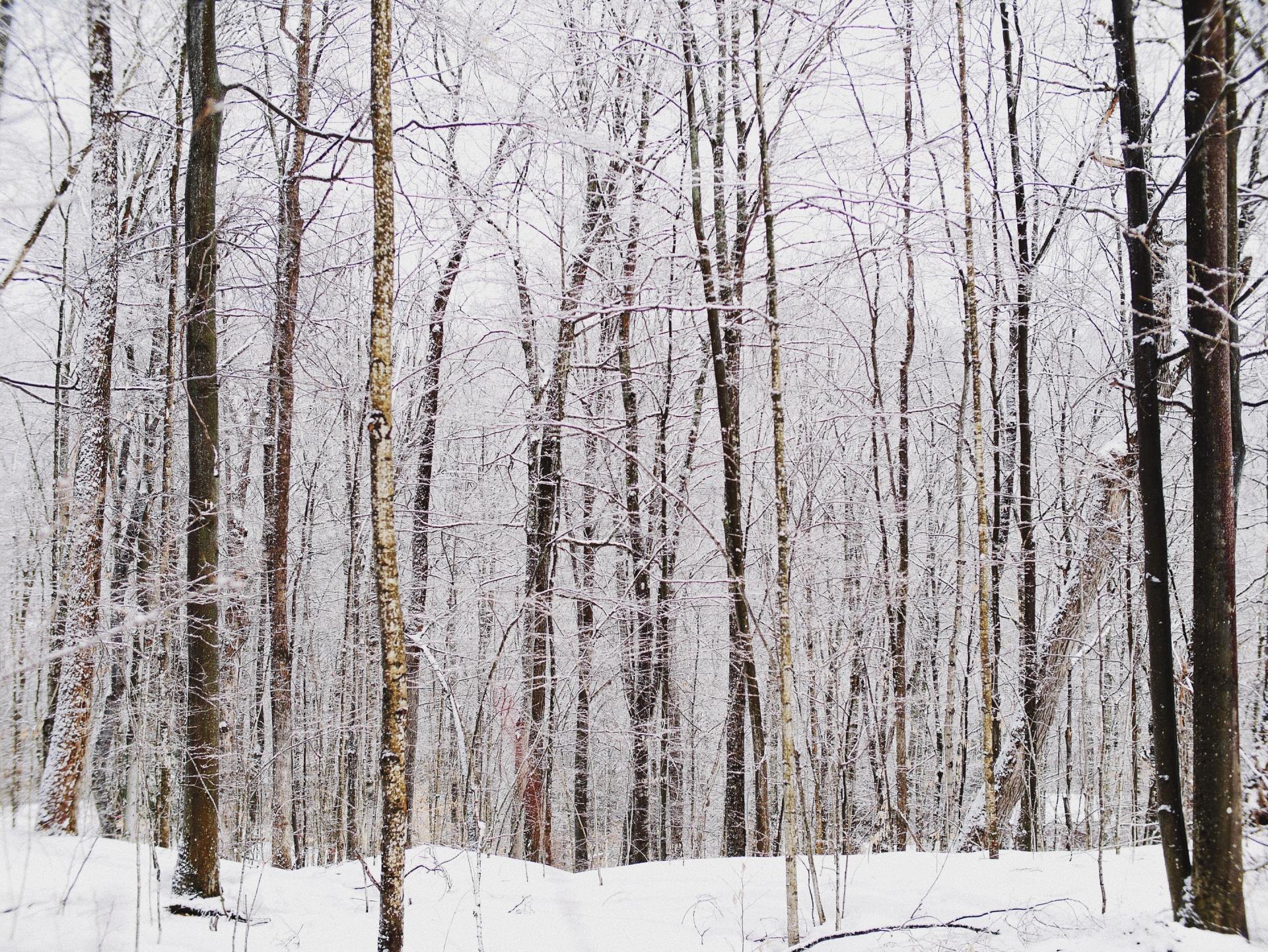How to Identify Maple Trees
Maple trees are a species of deciduous tree and shrub plants commonly found throughout the temperate regions of the northern hemisphere. With more than 100 varieties native to regions ranging from Norway to Indonesia, maple trees have laid their roots in cultures the world over. And each species has their own requirements for optimal care.
How Many Types of Maple Trees are there?
There are an estimated 132 unique species of maple tree globally. Most of them are native to Asia, with several more found in Europe. Only the Indonesian Maple is known to grow native to the southern hemisphere.
With so many varieties, a detailed list would be exhaustive and confusing to read. So we’ll narrow our focus to the ones popular in Long Island.
Most Commonly Found Maple Trees in Long Island
Of the 100 plus varieties found globally, several are able to grow in Long Island. And of these trees, one species is native to Long island.
- The Red Maple grows 30 to 90 feet tall and its trunk may be up to 4 feet wide when it matures. Leaves generally have a rough, sawtooth-like edge, 3 major lobes and sometimes 2 minor ones near the base with v-shaped notches. They are green with small hairs on their underside.
- Sugar maple grows 50-70 feet tall and its shape is generally round. Leaves have 3 squared primary lobes with rounded sinuses. Flowers are small, greenish-yellow with 5 petals. If you like sweets the Sugar maple’s sap can be boiled to make maple syrup.
- The Silver Maple grows between 65-80 feet tall with light grey bark often with more than one trunk. Its leaves are serrated with deep notches between the lobes, green on top and silver-white beneath.
- Japanese Maple grows to about 30 ft. and have a dome-shaped canopy. Its leaves have 5 to 9 serrated palmate lobes that can grow to 5 inches long. Younger Japanese maple trees have a smooth grey bark which develops deep furrows as it ages.
- Paperbark maple grows between 20-30 feet and has smooth, rounded leaves. With its rounded shape and distinctive bark, this tree makes a wonderful centerpiece for gardens.
- Norwegian maple grows between 60-100ft tall and has brownish-grey bark which furrows as it ages. Its five-lobed leaves have some serrations, but are generally smoother than those of red maple cultivars.
What do Maple Trees look like during Winter
There are many types of maple leaves, making it fairly easy to identify the type of tree while it still has them. Maple trees are deciduous though, meaning they shed their leaves during autumn and are bare in the winter, making them harder to tell apart. But there are some ways you can spot them even then. We will discuss it briefly here, but if you want to learn more you can check out our article about Identifying Maples in the winter.
When looking at a bare tree the quickest way to identify it is by its branches. Are they alternating, regular, or opposite each other? Do these branches reach downward, outward, or upward? How long are they? For example the Red Maple we mentioned earlier branches out on opposite sides, and they reach upward once they are far enough out from the trunk.
If you have the opportunity to look closer at the tree, you will also still be able to identify it from its bark. Most younger maples have a smooth grey bark and may be difficult to differentiate until they mature. But as maples age you will notice differences between each species’ bark.
Taking care of a Maple Tree
The most important reason to determine which tree you have is to make sure that you are caring for it with the best knowledge available. Because the sunlight, acidity and nutrition requirements for each species varies. Not knowing these differences may lead to your tree not getting the care it needs.
At Tree Service Huntington, we provide Expert Tree Care. Whether it’s trimming, pruning, feeding or removing, we’re here for you. We have the knowledge and tools to give your trees the proper care. Give us a call today at 631-546-0553.
Tree Service Huntington. Expert Tree Care, that’s our thing.
Tree Removal Long Island by Cutting Edge Tree & Landscaping
All Rights Reserved | Tree Service Huntington

